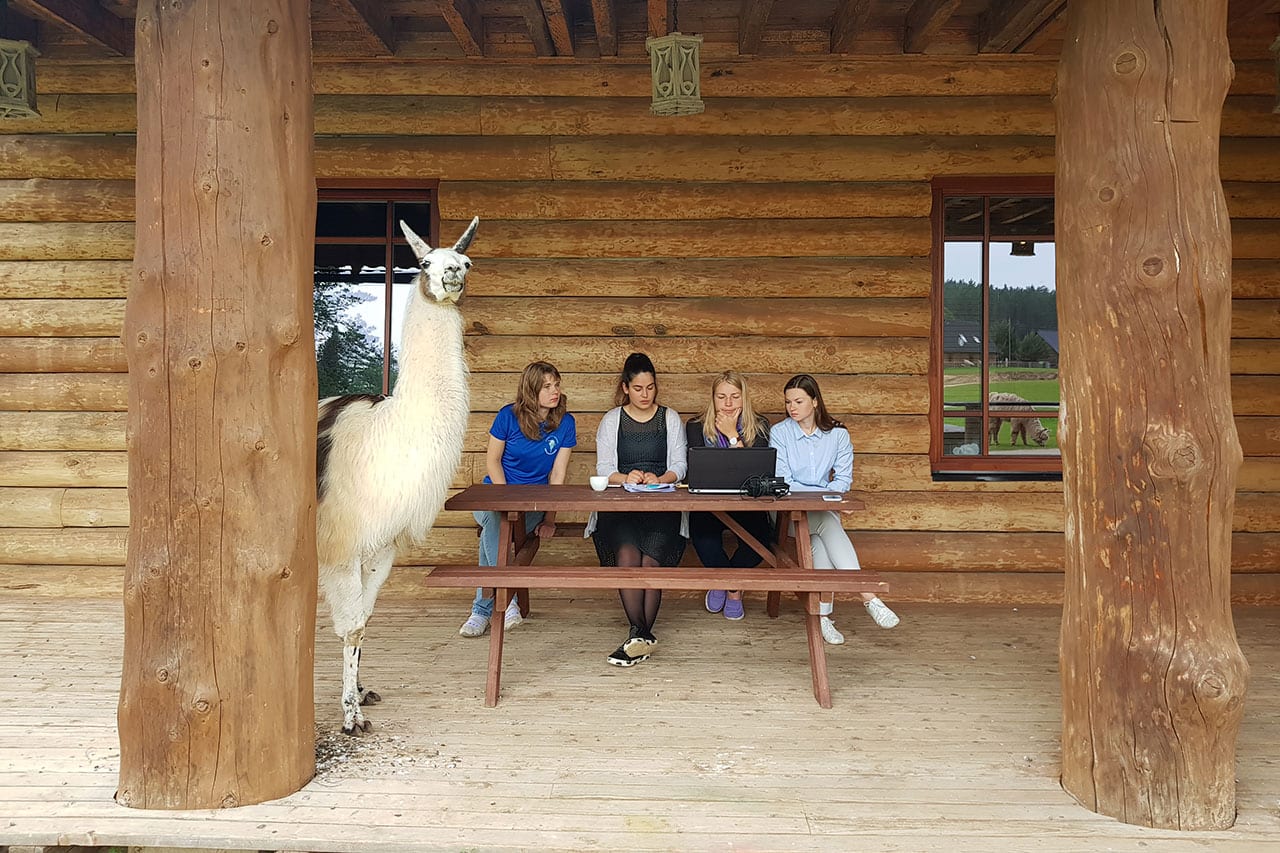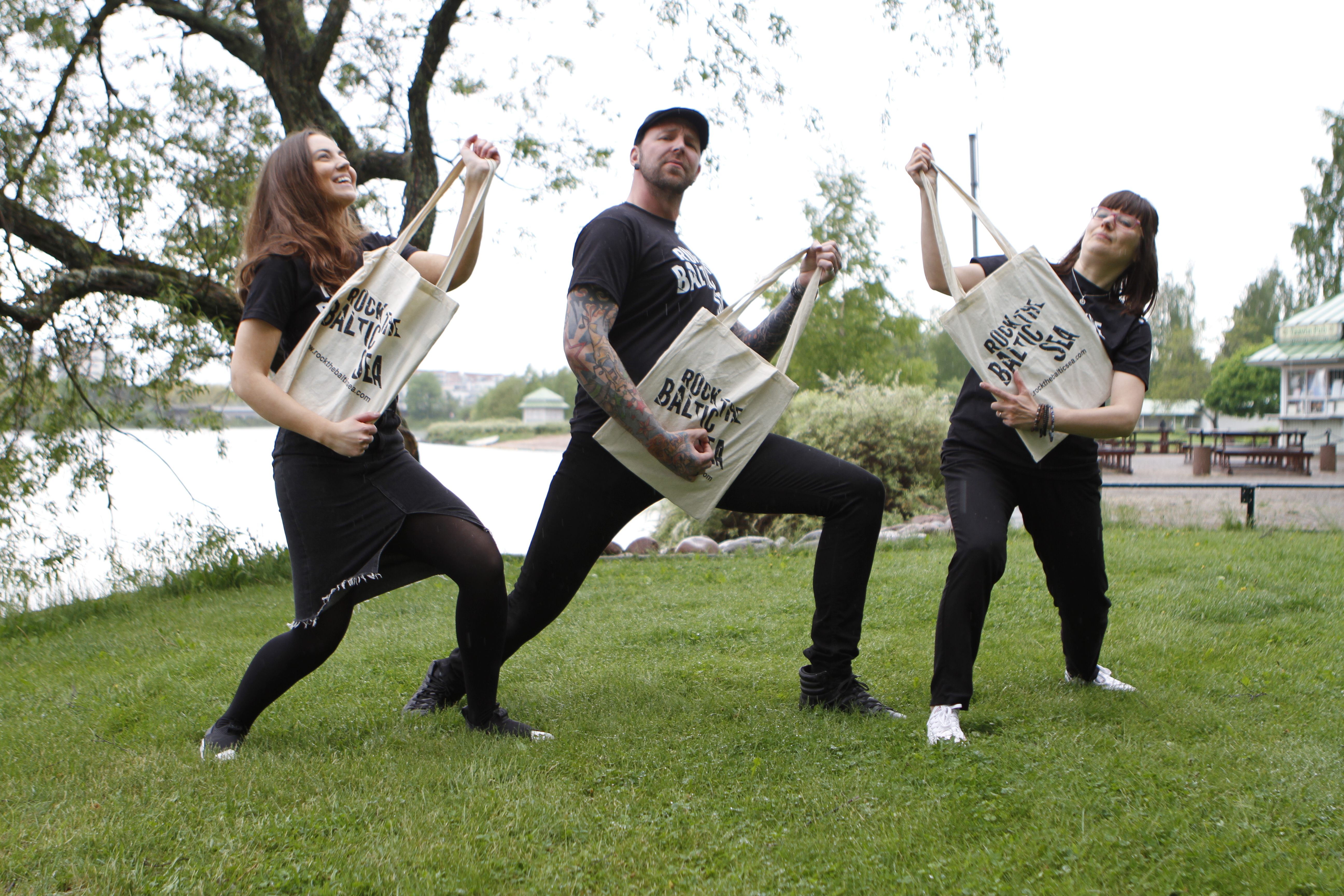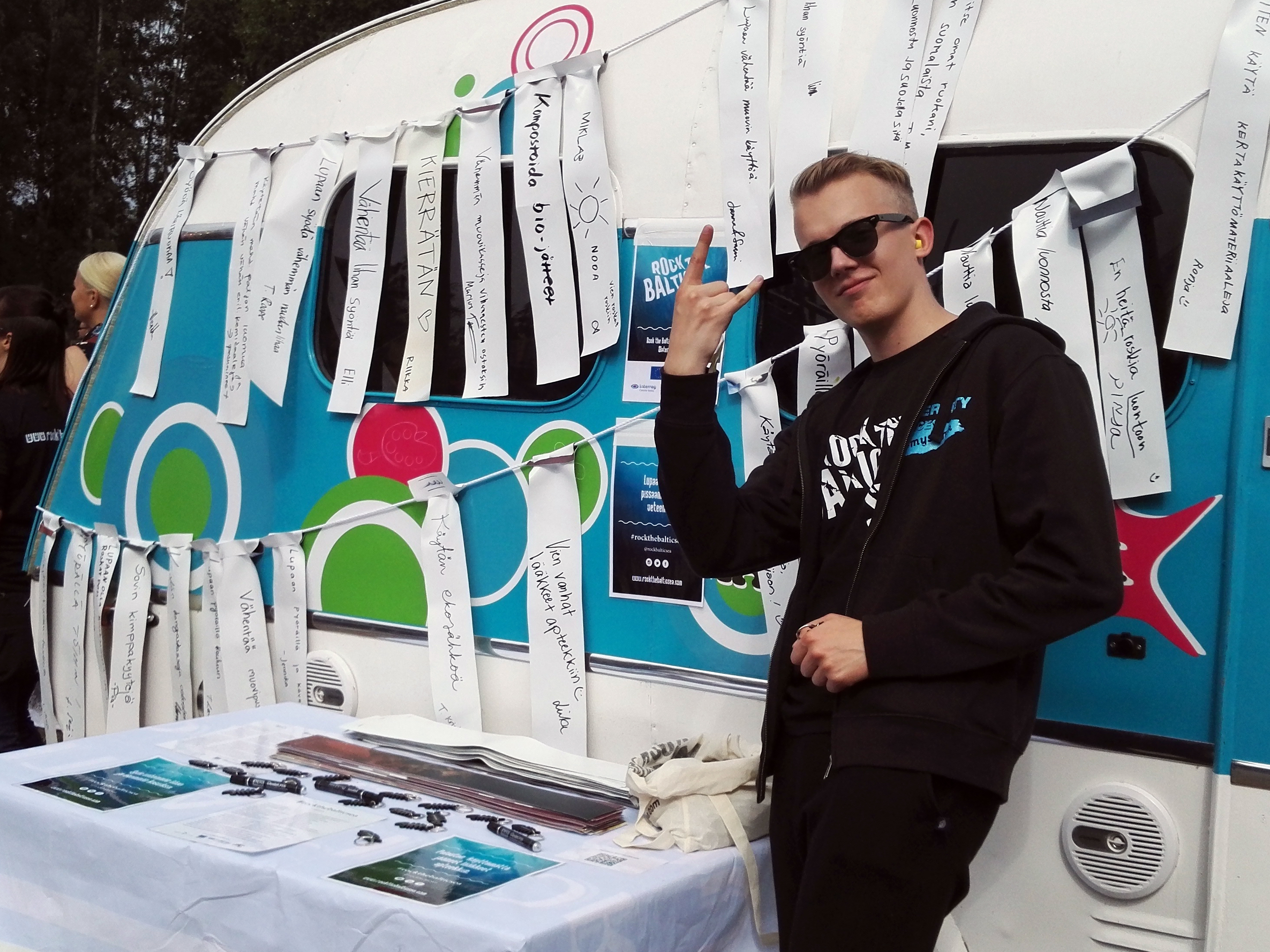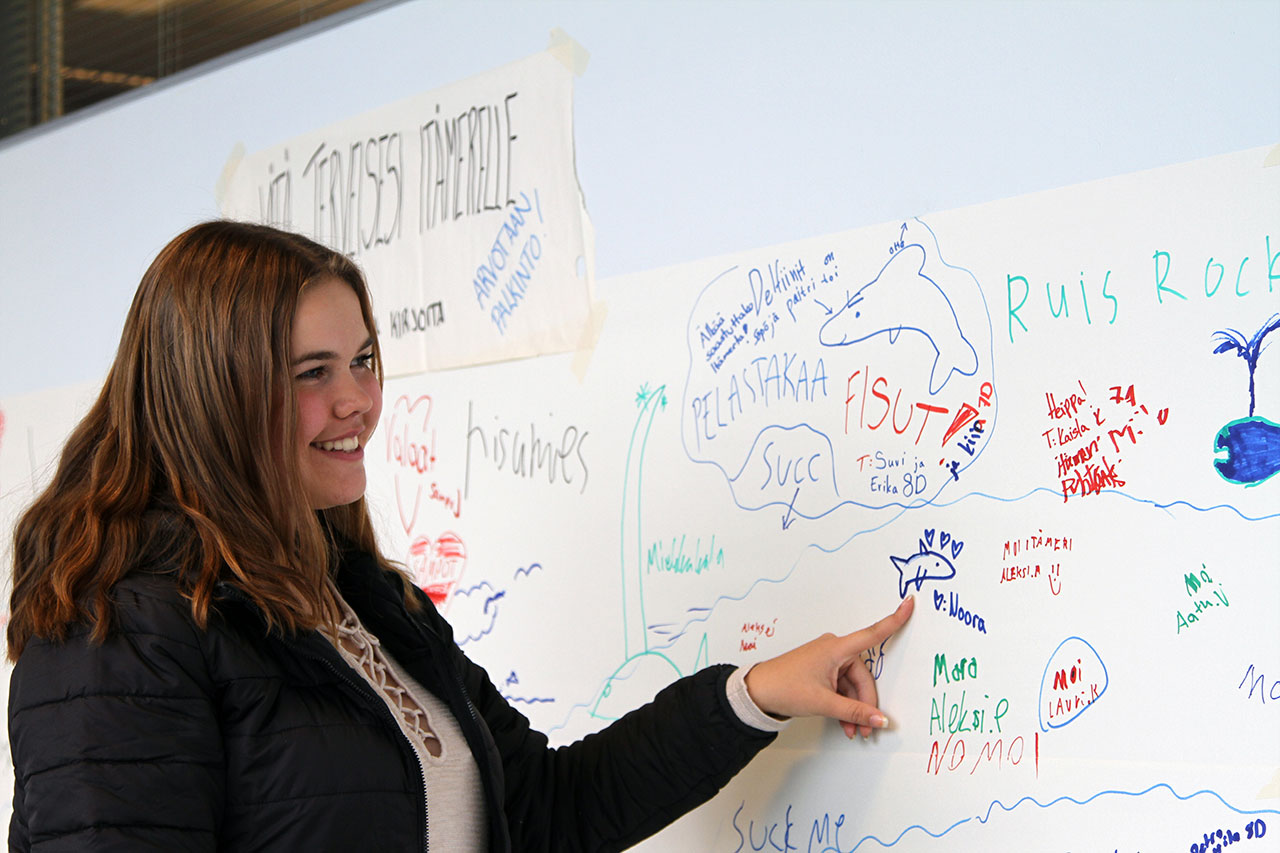A long-term improvement of environmental status relies on several factors, such as a comprehensive understanding of the interaction between the different ecosystem elements, a stakeholder recognition of the problem and acceptance of the proposed solution as well as the next generation of experts who can use the latest technologies for an improved understanding of the studied problem. A 10-day international student summer school was organized by Lake Ungurs in Latvia by the Institute for Environmental Solutions at the end of August 2017.
Approach – the whole is greater than the sum of its parts
By joining several ongoing initiatives (research and innovation projects, a lake management plan development, communication with locals, training of students) under the common summer school theme, the students received both theoretical and practical knowledge of numerous interrelated sectors as well as the experience of how to interact with different stakeholder types. Additionally, the pooling of resources* not only helped the organizers to organize a better event, but the experience was also more meaningful to the other stakeholders – the locals, the municipality and entrepreneurs.
The target audience of the summer school were international graduate (MSc) and postgraduate (PhD) students, as well as members of the public who wanted to learn about the basics of the lake ecosystem functioning and management. IES announced on its website an open call to select the best 12-16 candidates, while also distributing the information through its network. As a result, 14 students from seven countries (Estonia, Ukraine, France, Turkey, India, Brazil and Latvia) were chosen to participate in the event.
Objectives – provide theoretical and practical experience for the students in the development of an evidence-based, holistic and local-accepted lake management plan
The summer school had four main objectives.
- Collect the scientific data that was necessary to develop an evidence-based, sustainable lake management plan for Lake Ungurs managed by Pargauja municipality.
- Promote the use of multidisciplinary teams consisting of fishery, engineering, forestry, agriculture and technology experts who can jointly develop holistic solutions to environmental problems.
- Involve entrepreneurs, municipality decision-makers and the local community in the development of proposed solution (a lake management plan) that has since been adopted by the municipality.
- Provide the students with meaningful theoretical and practical experience on how to develop sustainable environmental solutions.
Proceedings – breaking borders between knowledge and practice across multiple sectors and stakeholder groups
The students had direct access to 10 international experts (from Estonia, Finland and Latvia) who shared their knowledge of topics ranging from zoobenthos to satellites and who afterwards were engaged in supervised practical activities. Furthermore, the theoretical and practical activities of sampling (using traditional as well as drone-based methods) and laboratory work were complemented by a pitching competition to entrepreneurs, visits to local places of interest (e.g. peat bog), consultation with the locals and presenting the result to the municipality representatives.
*The summer school was supported by European Regional Development Fund, Interreg Central Baltic Programme, the Ministry of Environmental Protection and Regional Development of the Republic of Latvia, Cēsis municipality, University of Latvia, Riga Technical University, a/s “RIX Technologies” and the Institute for Environmental Solutions.

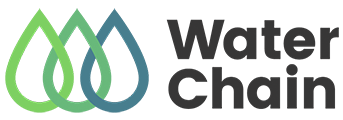
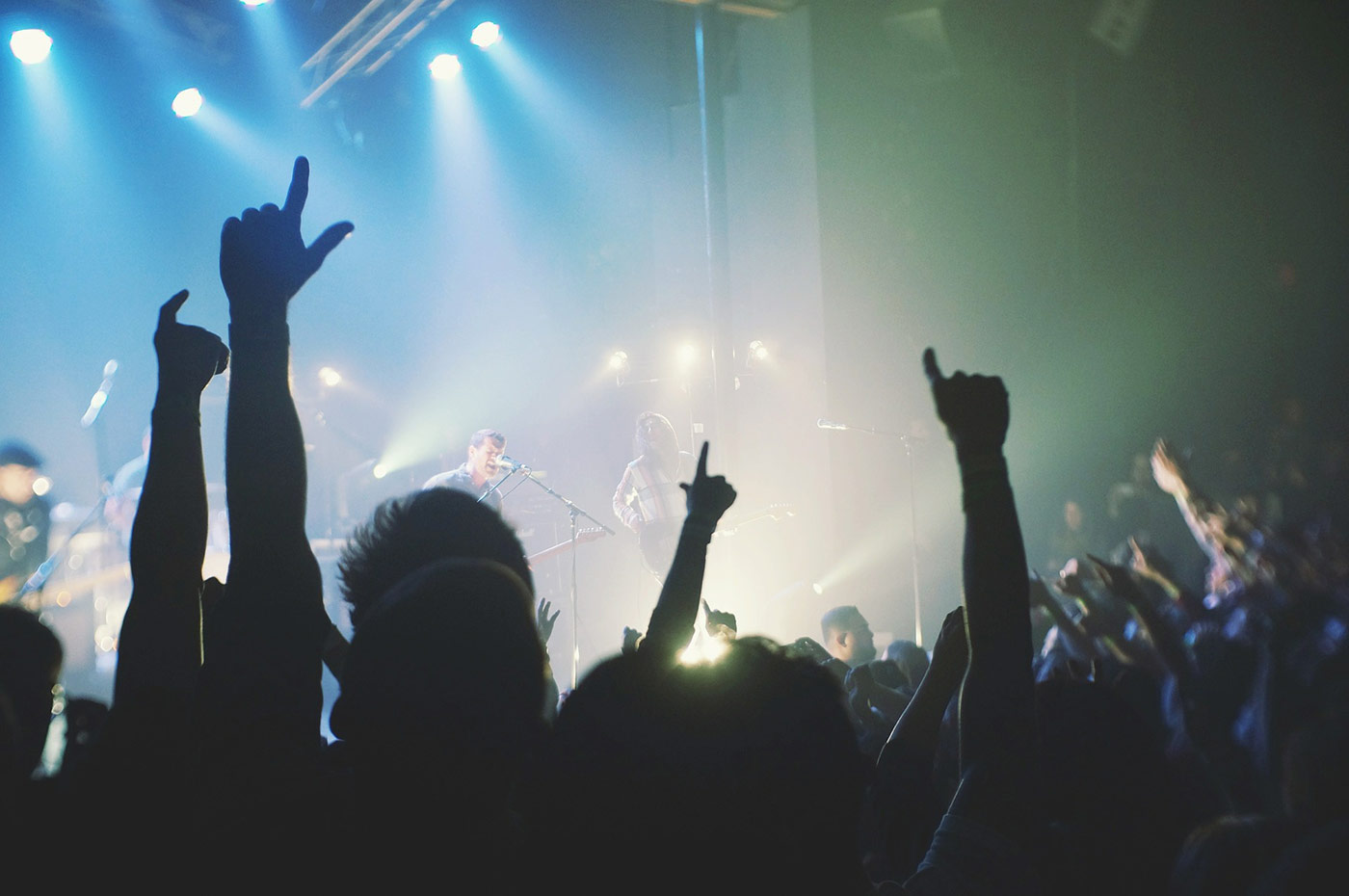

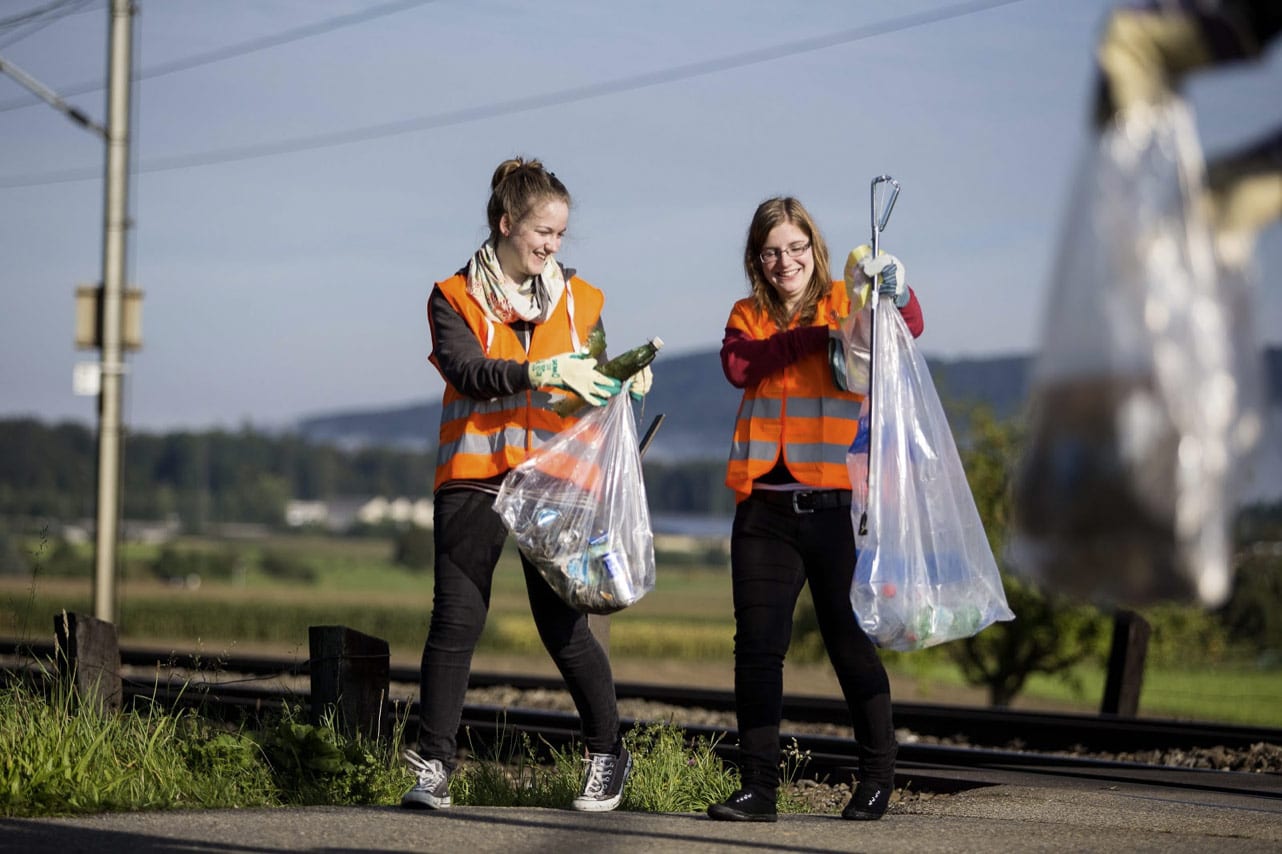
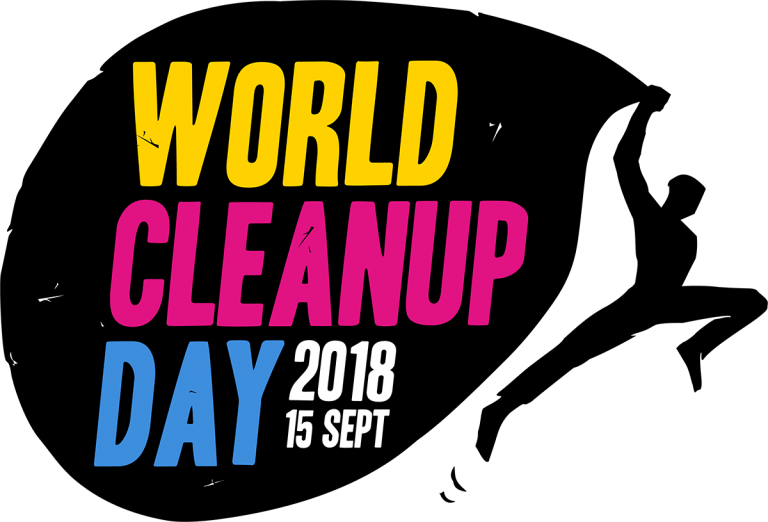 Let’s Do It! World campaign and Estonian Environmental Research Centre (EERC)
Let’s Do It! World campaign and Estonian Environmental Research Centre (EERC)

